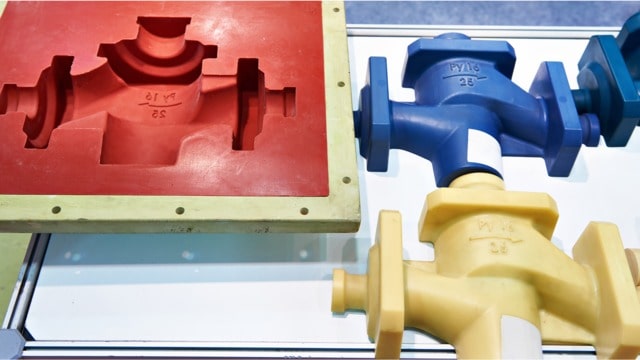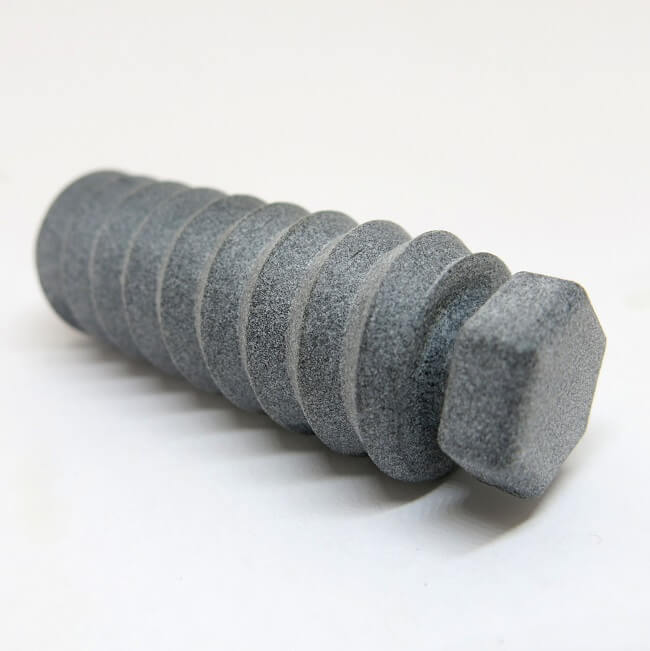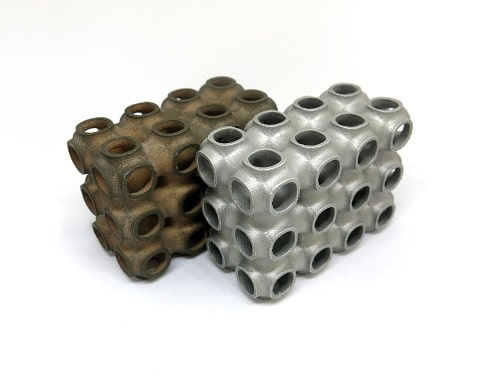Benefits of injection molding
Injection molding is offering great advantage to produce your large volumes, with a great precision and perfect repeatability. While using plastic injection molding, you will have the choice among a wide range of materials. There are actually thousands of variations within each material, which will lead to different properties each time. Material weight, cost, flexibility, just for plastic properties and possibilities seem to be endless.
We already said it, injection molding is good for mass production, but also to create really detailed features. Due to the pressure of the process, it is really easy to add details to your parts created with injection molding.
Injection molding makes it quite easy to create parts with enhanced strength. Indeed, plastic injection makes it possible to use fillers in the injection molds.
Benefits of 3D printing
Using additive manufacturing is offering many advantages, making it a real alternative to traditional manufacturing techniques.
First, 3D printing is perfect to make iteration. For a long time, additive manufacturing was considered a rapid prototyping technique. It is not the case anymore, as it also became quite a reliable manufacturing technique. But prototyping quickly and easily is still among the best advantages offered by this manufacturing technique. While using additive manufacturing, you can print your project in order to test it, make all your modifications using your 3D modeling software, and print it once again to validate your changes. The flexibility of this process will help you save time and money, but also help you improve your product design.
Using 3D printing is also helping to avoid material waste. If injection molding was first seen as a manufacturing technique producing low scrapes, compared to processes like CNC machining, it appears that the winner in this category is the 3D printing technology! While 3D printing, you only use the amount of material you need for your whole project.
With 3D printing, you can also avoid inventory problems and costs by improving your storage and supply chain management. Indeed, you can 3D print your 3D design whenever you need it! You don’t have to think about your storage!
No more busy warehouse, the use of 3D printing for production can lead to a dematerialization of the supply chain. It could be the occasion to rethink the whole manufacturing process of your company and reduce tooling investment. What does digital inventory mean? This solution is simply to create your parts on-demand thanks to 3D printing. No need to store the part, you can simply print them when you need them.
We hope this blogpost helped you understand the advantages and disadvantages of these two manufacturing methods. 3D printing vs injection molding, which one will you choose? Share your point of view on these two techniques in the comments.


 Connect with Google
Connect with Google Connect with Facebook
Connect with Facebook

